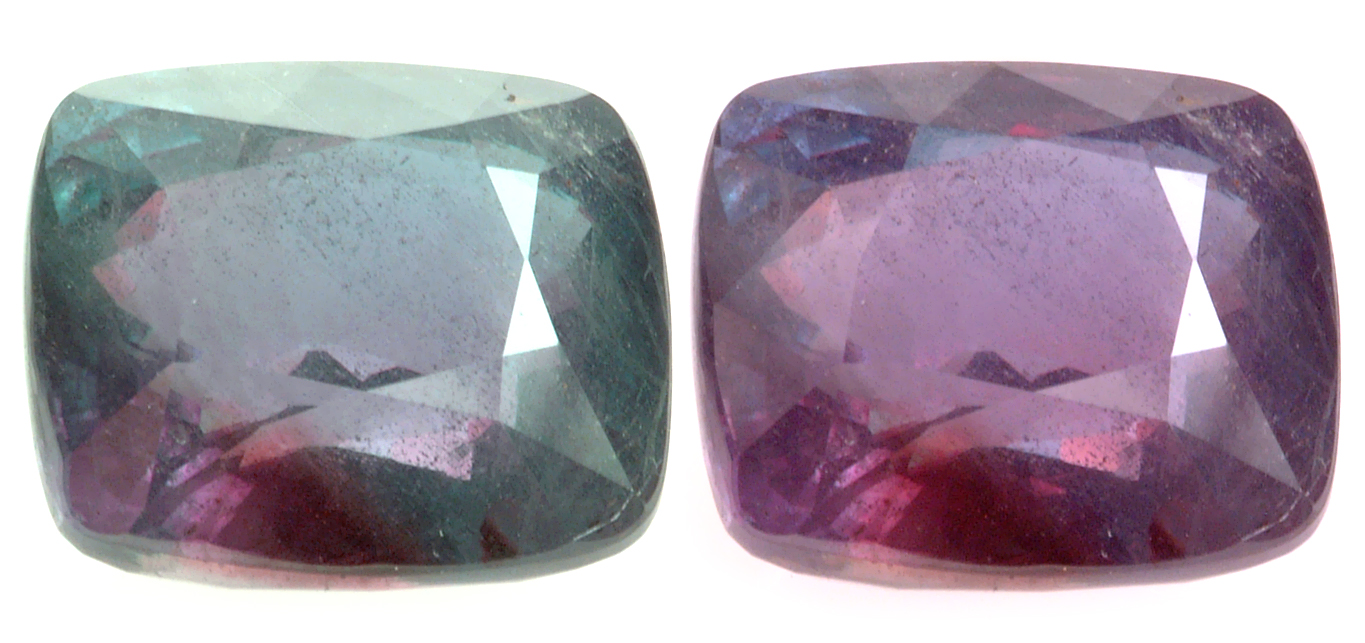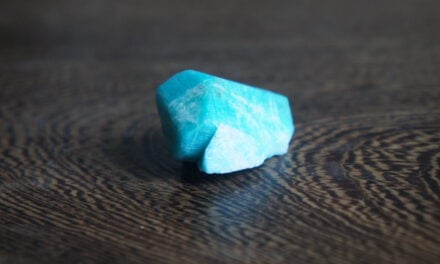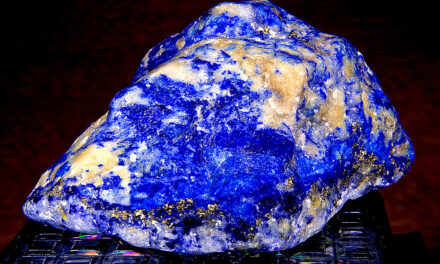Alexandrite is a well-known rare variety of Chrysoberyl, famous for displaying one of the most stunning colour changes – appearing emerald green in sunlight and red or brown in incandescent light or candlelight. This remarkable appearance has given it the description of “emerald by day and ruby by night”. Chrysoberyls are among the rarest gem varieties and are very durable. The Chrysoberyl name is from Greek, referring to the golden colour of yellow Chrysoberyl.
The sources of Alexandrite
Alexandrite was first discovered in the Ural Mountains of Russia in the 1830s by a mineralogist Nils Gustaf Nordenskiöld. Later in 1834, Count Lev Alekseevich Perovskii named the stone in honour of the Czar of Russia, Alexander II.
Nowadays, mines in the Ural Mountains produce only a small number of high-quality Alexandrites each year. However, back in 1987, a new source was discovered in Brazil and soon after that, in Madagascar, Myanmar, Sri Lanka and Zimbabwe. Those are now the primary sources of Alexandrite, though they don’t produce as vividly coloured gems like the original Russian source. Natural Alexandrites are now even rarer than diamonds, and the actual source of large, stunning natural Alexandrites are today antique jewellery.

The unique colour of Alexandrite
As said earlier, Alexandrite is often called “emerald by day and ruby by night” due to its colour-changing abilities. That is the result of the mineral’s unusual light-absorbing properties. Some colouring agents for this extraordinary gem include Chromium, Iron and Titanium. Some other gems also change colour in response to the light change, but Alexandrite’s colour shifting is so unique and special that the phenomenon is known as “the alexandrite effect”.
Also, this gem is pleochroic, meaning it displays various colours when seen from different directions. The pleochroic colours are usually green, orange and purple-red. The colour-shifting property of this gem is often less visible in non-Russian sources.

Alexandrite jewellery
In the 1950s, alexandrite became June’s birthstone as a modern alternative to a traditional pearl. Also, note that Alexandrite is the official gemstone for celebrating the 55th wedding anniversary. Due to its durability with a hardness of 8.5 on the Moh’s scale and resistance, these stunning gems are ideal for all types of jewellery designs, including rings, earrings, pendants or even bracelets. However, as said earlier, due to the rarity of newly mined pieces, most natural Alexandrite jewellery seen on today’s market comes from older jewellery pieces.

Not uncommon style of Alexandrite jewellery pieces is its combination with diamonds. The purple, red, green and blue shades look absolutely stunning in combination with shiny little diamonds. Other gems perfect for combining with Alexandrites include white Sapphires or white Topaz. As with metals, white gold is the most favourite elegant option.
How to clean and take care of your Alexandrite?
Although Alexandrite is generally a very durable and resistant gem, an incorrect way of taking care of it can damage it in some form. Some soaps or cleaning sprays can stick to the surface and discolour it or reduce its shine. So the best way to clean your Alexandrite jewellery by yourself is simply with warm water and a few drops of gentle soap for a while using a soft microfibre cloth. When done, rinse it with cold water and pat it until dry with a soft and gentle cloth. Use ultrasonic and steam cleaners to achieve a professional finished look and get rid of accumulated dirt and dull appearance.




